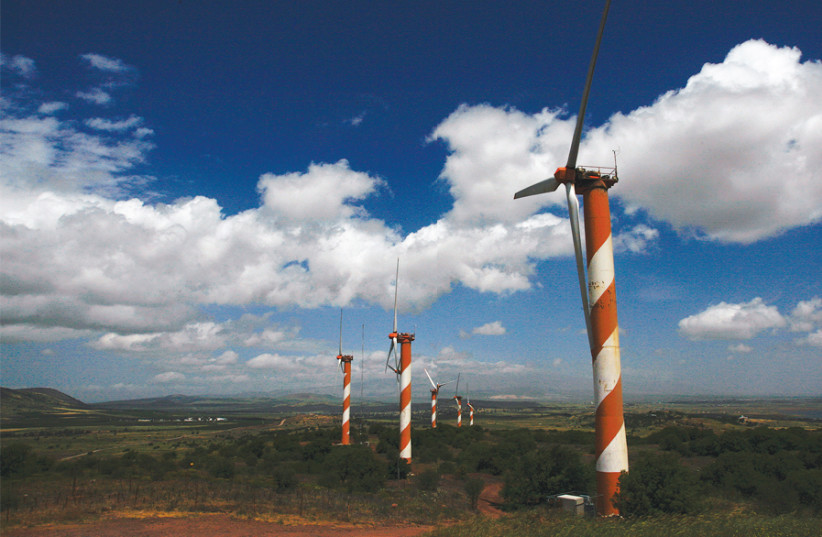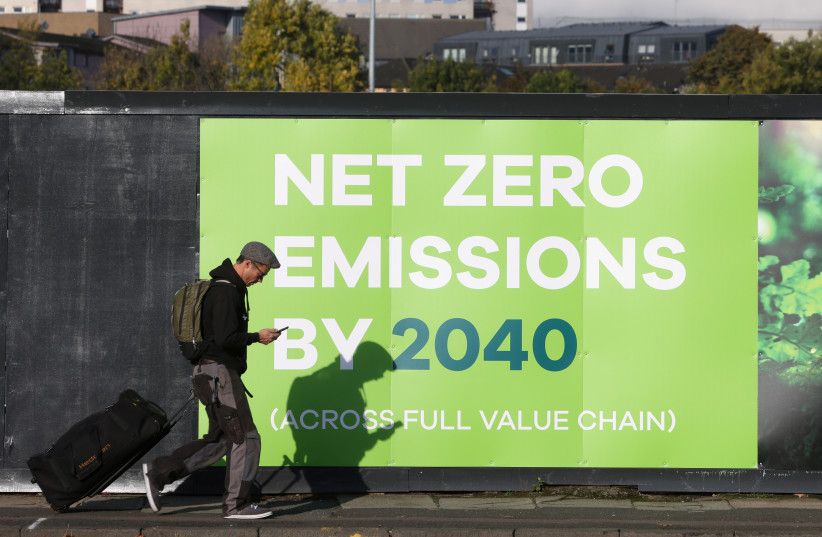Why David Suzuki skipped COP26 — and where he sees glimmers of hope in climate action
Canada’s COVID-19 measures proved we can respond
quickly to a global crisis, says The Nature of Things host
In recent years, David Suzuki's warnings about the dangers of climate change have become ever more dire, a feeling echoed at the COP26 summit in Glasgow, Scotland, right now.
"We don't have time to fool around any longer," the scientist, author and host of CBC's The Nature of Things recently told Piya Chattopadhyay, host of The Sunday Magazine.
Suzuki said he was invited to attend COP26, but declined.
"I simply didn't bother to answer because, first of all, I've given up flying [on] jet planes, and I didn't see that [the summit] is going to make any difference," he said.
So far at this year's summit, world leaders have pledged a variety of climate measures, including working to curb deforestation and methane emissions. Prime Minister Justin Trudeau called for a global carbon tax, which he says would dramatically reduce the use of fossil fuels.
- Have questions about COP26 or climate science, policy or politics? Email us: ask@cbc.ca. Your input helps inform our coverage.
The announcements didn't carry much weight for Suzuki, who believes the pledges don't go far enough.
"We've already had 25 meetings. The urgency now is perceptible."
Despite his pessimism about the conference, he did see a glimmer of climate hope in other contexts, including the rapid global response to the COVID-19 pandemic.
"When COVID-19 hit, suddenly, tens of billions of dollars were being spent by the government. And my question was, where the hell did all this money come from? Money wasn't an issue," he said.
"Canadians stayed cooped up in their apartments, stayed at home. They changed their behaviour in a radical way."
Canada's dubious record
To be sure, Canada's efforts to curb the pandemic haven't been a consistently smooth ride, but the country has fared relatively well.
Suzuki is far more disappointed by the country's track record on climate change, particularly its role in meeting the Paris Agreement targets established six years ago.
"When Trudeau was elected, he went to Paris immediately in 2015…. We all cheered at last. Great," Suzuki said. "Two and a half years later, he bought a pipeline."
In 2015, the government committed to lower its greenhouse gas emissions to 30 per cent below 2005 levels by 2030. It has since raised that target to 40 to 45 per cent, aiming for net-zero emissions by 2050.
However, since the Paris Agreement was signed, Canada's emissions have grown the most of any G7 nation.
'Dream candidate' for environment minister
Suzuki did praise Steven Guilbeault, the new minister for the Environment and Climate Change, calling him a "dream candidate" for environmentalists.
"He is a known activist and he understands what the issues are," Suzuki said.
Guilbeault's appointment has drawn some criticism precisely because of his past as a climate activist. Alberta Premier Jason Kenney said the announcement sent a "very problematic message" to his oil-producing province.
Guilbeault responded by saying he has no "secret agenda" in his new position.
"We're not trying to cap production. We will be capping the amount of pollution that comes from those sectors," he said.
But that's not good enough for Suzuki. "You're damn right we have to cap it, and we've got to ensure that Guilbeault and Trudeau understand that," he said.
Activism at COP26
Suzuki is now 85, and the bright-eyed enthusiasm of his early years as an environmentalist has started to fade. Despite key wins against projects like proposed dams, oil drills and deforestation, he still sees those kinds of battles being fought today.
"These were skirmishes, because the underlying challenge was the way we look at the world," he said.
He pointed to the 1993 protests and blockades against clear-cut logging in Clayoquot Sound, B.C. Over 850 people were arrested in what CBC dubbed the "War of the Woods."
"Thirty years later, kids in Fairy Creek are fighting for the same issue," Suzuki said, emphasizing that companies need to "stop logging our old-growth forests."
Suzuki has been encouraged by protesters and activists who have gathered in Glasgow this month, noting the "powerful impact" made in particular by Greta Thunberg to help galvanize a new generation of environmentalists
Trust in nature
Despite the challenges of a global response to climate change, Suzuki sees the most hope in nature itself.
For example, he pointed to the resurgence of wild sockeye salmon populations in the Fraser River a decade ago, after their numbers dropped from about 25 to 30 million to "barely a million" in 2008.
"I remember turning vividly to my wife and saying, 'That's it,'" he recalled. "A year later, we got the biggest run of sockeye salmon in 100 years. I mean, nobody knows what the heck happened, but nature surprised us."
Suzuki said that what really gives him hope "is that nature will be far more generous than we deserve."
Written by Jonathan Ore. Produced by Andrea Hoang.










